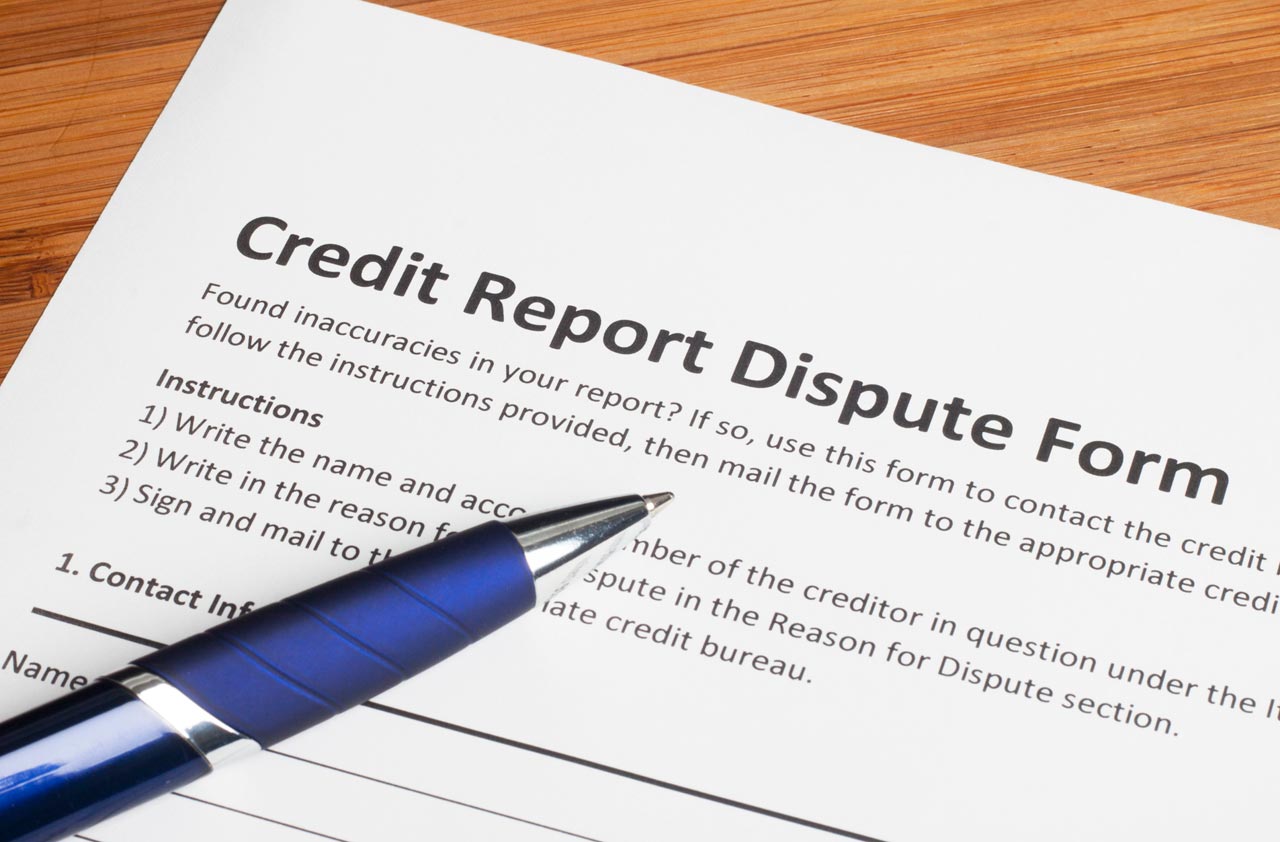Cost Sharing Trims Medigap Premiums
Take a look at the high-deductible Plan F or at Plan N Medicare supplement plans for comprehensive coverage with lower premiums and more cost sharing.

In your How to Find a Cheaper Medigap Plan column, you talked about the rules for switching plans after age 65. Which plans do you recommend? I have Plan F, but I’d like to lower my premiums.
Plan F is still the most popular plan, but two newer types of medigap plans can help you reduce your premiums in return for more cost sharing. The premium savings can be so great that unless you have a lot of visits to the doctor or emergency room, you could come out ahead.
The high-deductible version of Plan F has the same coverage you have now, but you must pay for Medicare-covered costs up to the deductible of $2,110 in 2013 before the policy pays anything. The premiums tend to be much lower than for standard Plan F. A 65-year-old woman in Miami could pay nearly $260 per month for a standard Plan F but less than $85 per month for the high-deductible Plan F, saving $2,100 per year in premiums, according to eHealthMedicare. If you have a lot of medical expenses for the year, you’ll come out about even. But if you have few medical expenses, you will come out ahead.

Sign up for Kiplinger’s Free E-Newsletters
Profit and prosper with the best of expert advice on investing, taxes, retirement, personal finance and more - straight to your e-mail.
Profit and prosper with the best of expert advice - straight to your e-mail.
Another interesting new policy is Plan N. It provides most of the same coverage as Plan F, including the full $1,184 Part A deductible, but it doesn’t cover the $147 Part B deductible. It charges a $20 co-payment for doctors’ visits and a $50 co-payment for emergency room visits. Several insurers’ Plan N policies would cost the Miami woman less than $200 per month. If the premium difference is $720 per year for Plan F versus Plan N, she’d still come out ahead with Plan N if she had two emergency room visits and fewer than 23 doctors’ visits.
For more information about each type of medigap plan, see How to Compare Medigap Policies.
Because every medigap plan with the same letter designation has the same coverage, it’s easy to compare plans. Most state insurance departments list prices for medigap policies in various areas. Visit the National Association of Insurance Commissioners’ Web site for links to your state insurance department. You can also get price quotes and buy medigap policies from many insurers at eHealthMedicare.com. The Medicare.gov Medigap Policy Search tool can also help you find medigap policies in your area. It pays to check out several insurers’ policies because the price difference can be surprisingly large from company to company for plans with the same letter designation. The Plan N premiums for the companies that eHealthMedicare quotes range from $181.50 to $385 per month for a 65-year-old woman in Miami.
Also check how the insurer prices its policies. Attained-age policies increase the premiums as you get older. Prices for issue-age policies increase only because of health care inflation, not because of your age. An issue-age policy may be a little more expensive than an attained-age policy at first, but it will generally have fewer rate increases over time. Community-rated policies are similar to issue-age policies, but everyone in the area pays the same price, regardless of age. You’ll usually do best by picking the lowest-cost issue-age or community-rated policy available.
Keep in mind that if six months have passed since you signed up for Medicare Part B, medigap insurers can reject you or charge you more for coverage because of your health. That will be true even after more provisions of the new health care law take effect in 2014, although some insurers will let you switch to a different policy without new medical underwriting -- especially if you’re considering a policy with more cost sharing, such as the high-deductible Plan F or Plan N. See How to Find a Cheaper Medigap Plan for more information about buying a policy after your initial enrollment period.
Get Kiplinger Today newsletter — free
Profit and prosper with the best of Kiplinger's advice on investing, taxes, retirement, personal finance and much more. Delivered daily. Enter your email in the box and click Sign Me Up.

As the "Ask Kim" columnist for Kiplinger's Personal Finance, Lankford receives hundreds of personal finance questions from readers every month. She is the author of Rescue Your Financial Life (McGraw-Hill, 2003), The Insurance Maze: How You Can Save Money on Insurance -- and Still Get the Coverage You Need (Kaplan, 2006), Kiplinger's Ask Kim for Money Smart Solutions (Kaplan, 2007) and The Kiplinger/BBB Personal Finance Guide for Military Families. She is frequently featured as a financial expert on television and radio, including NBC's Today Show, CNN, CNBC and National Public Radio.
-
 How Good Advisers Manage Risk in Challenging Markets
How Good Advisers Manage Risk in Challenging MarketsThey understand the difference between what might be real challenges to an investor's strategy and fear brought on by market volatility.
By Ryan L. Kirk, CFA® Published
-
 The AI Doctor Coming to Read Your Test Results
The AI Doctor Coming to Read Your Test ResultsThe Kiplinger Letter There’s big opportunity for AI tools that analyze CAT scans, MRIs and other medical images. But there are also big challenges that human clinicians and tech companies will have to overcome.
By John Miley Published
-
 Credit Report Error? They All Matter
Credit Report Error? They All Mattercredit & debt Don't dismiss a minor error. It could be the sign of something more serious.
By Kimberly Lankford Published
-
 Insurance for a Learning Driver
Insurance for a Learning Driverinsurance Adding a teen driver to your plan will raise premiums, but there are things you can do to help reduce them.
By Kimberly Lankford Published
-
 Getting Out of an RMD Penalty
Getting Out of an RMD Penaltyretirement When your brokerage firm miscalculates your required minimum distributions, you have recourse.
By Kimberly Lankford Published
-
 529 Plans Aren’t Just for Kids
529 Plans Aren’t Just for Kids529 Plans You don’t have to be college-age to use the money tax-free, but there are stipulations.
By Kimberly Lankford Published
-
 When to Transfer Ownership of a Custodial Account
When to Transfer Ownership of a Custodial Accountsavings Before your child turns 18, you should check with your broker about the account's age of majority and termination.
By Kimberly Lankford Published
-
 Borrowers Get More Time to Repay 401(k) Loans
Borrowers Get More Time to Repay 401(k) Loansretirement If you leave your job while you have an outstanding 401(k) loan, Uncle Sam now gives you extra time to repay it -- thanks to the new tax law.
By Kimberly Lankford Published
-
 When It Pays to Buy Travel Insurance
When It Pays to Buy Travel InsuranceTravel Investing in travel insurance can help recover some costs when your vacation gets ruined by a natural disaster, medical emergency or other catastrophe.
By Kimberly Lankford Published
-
 It’s Not Too Late to Boost Retirement Savings for 2018
It’s Not Too Late to Boost Retirement Savings for 2018retirement Some retirement accounts will accept contributions for 2018 up until the April tax deadline.
By Kimberly Lankford Published